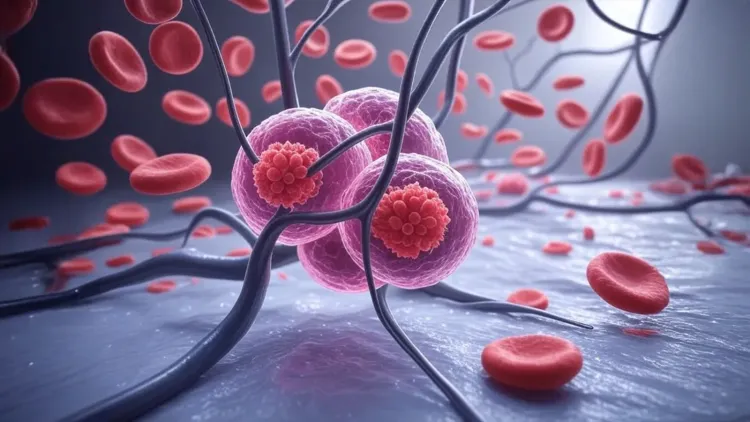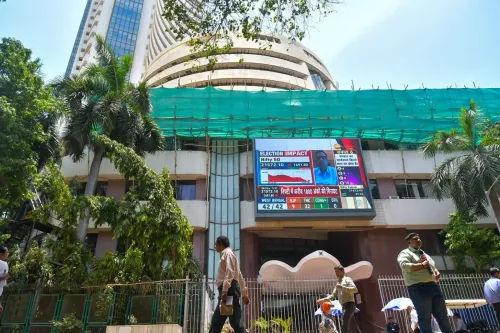Are Late Diagnoses and High Costs Fueling Blood and Bone Marrow Cancer Cases?

Synopsis
Key Takeaways
- AML is an aggressive cancer that requires early detection.
- High treatment costs hinder timely medical intervention.
- Early screening is essential for improving survival rates.
- Integrating AML into national health strategies is crucial.
- Access to targeted therapies can alleviate financial burdens.
New Delhi, May 28 (NationPress) Late diagnoses and exorbitant expenses are contributing to the surge in cases of acute myeloid leukaemia (AML), an aggressive blood and bone marrow cancer, according to medical professionals.
In 2021, India was reported to have the third-highest number of AML cases globally, following the United States and China.
Experts emphasize that early screening, precise diagnosis, and prompt treatment initiation are crucial for enhancing survival rates.
“Critical time is lost due to late detection of AML in our country, often presenting as mere fatigue or infection. By the time the correct tests are conducted, the disease frequently advances to a stage where treatment options become limited or less effective,” stated Dr. Ranjit Sahoo, D.M. (Medical Oncology) Professor (Additional) at the All India Institute of Medical Sciences (AIIMS), in an interview with IANS.
Acute leukaemia can be identified through a simple blood test, yet “the treatment of AML is primarily provided at tertiary centers, and the costs associated with supportive treatment are substantial,” the expert added.
For numerous patients, the onset is subtle, with vague symptoms indicating AML, and the window for effective intervention is regrettably brief.
Financial limitations lead many to postpone treatment or seek medical care at advanced stages when interventions are less effective.
“While AML is rare among all hematologic malignancies, it is the most daunting. It has an effective chemotherapy regimen for disease control, including deep remission (control, not cure), but comes with complications, including life-threatening issues due to severe infections and bone marrow suppression,” explained Dr. Abhay A. Bhave, a hematologist from a hospital in Mumbai.
Bhave highlighted that “AML can be a relapsing and relentless disease, influenced by the genetic factors causing it.”
Traditional chemotherapy, the cornerstone of AML treatment, is often poorly tolerated, particularly among older patients. However, the rise of targeted therapies that target specific genetic mutations has significantly improved remission rates, reduced side effects, and enhanced the quality of life for patients worldwide.
Nevertheless, these treatments are often costly, and obtaining bone marrow transplantation remains a challenge, the doctors noted.
Dr. Punit L Jain, a leukaemia specialist at a Mumbai-based hospital, remarked that 60 percent of AML patients present at advanced stages with infections and bleeding, complicating treatment approaches.
The experts proposed that incorporating AML into the national cancer control strategy and increasing access to diagnostics could be vital for raising awareness and improving treatment outcomes. They urged for the inclusion of AML-targeted therapies in Ayushman Bharat and private insurance plans to alleviate patient out-of-pocket costs and to support clinical research and trials.








